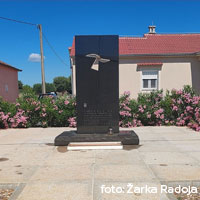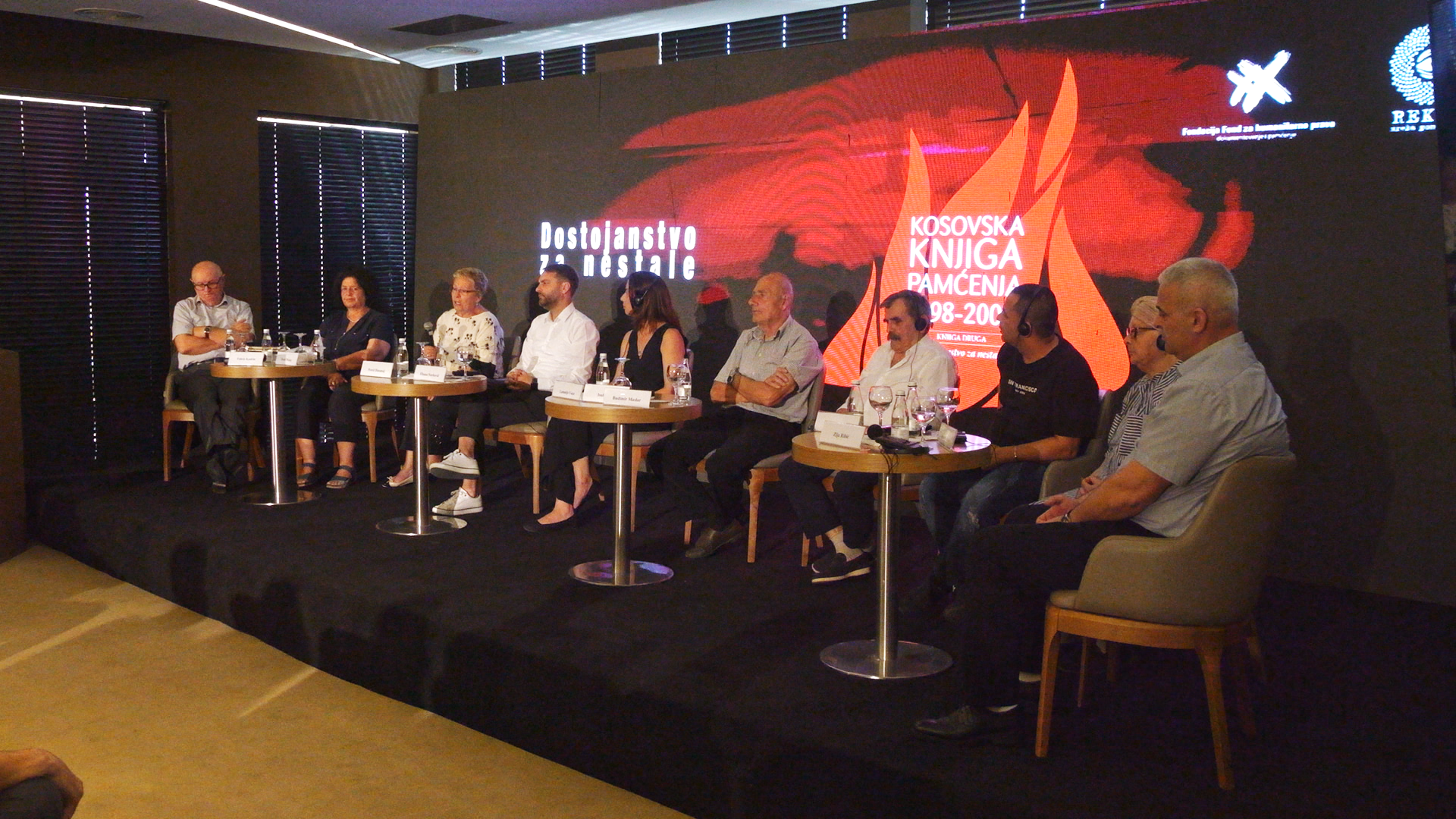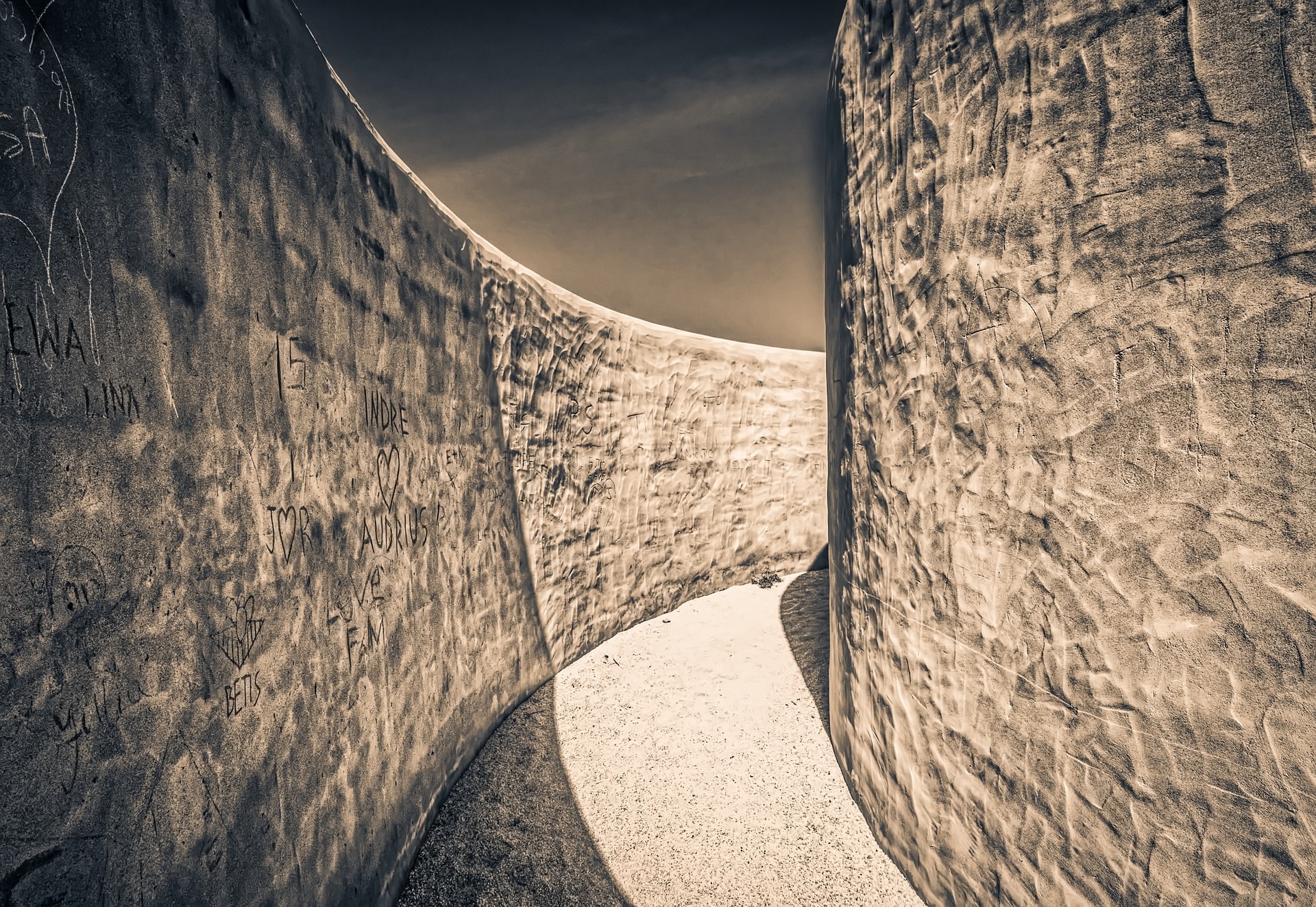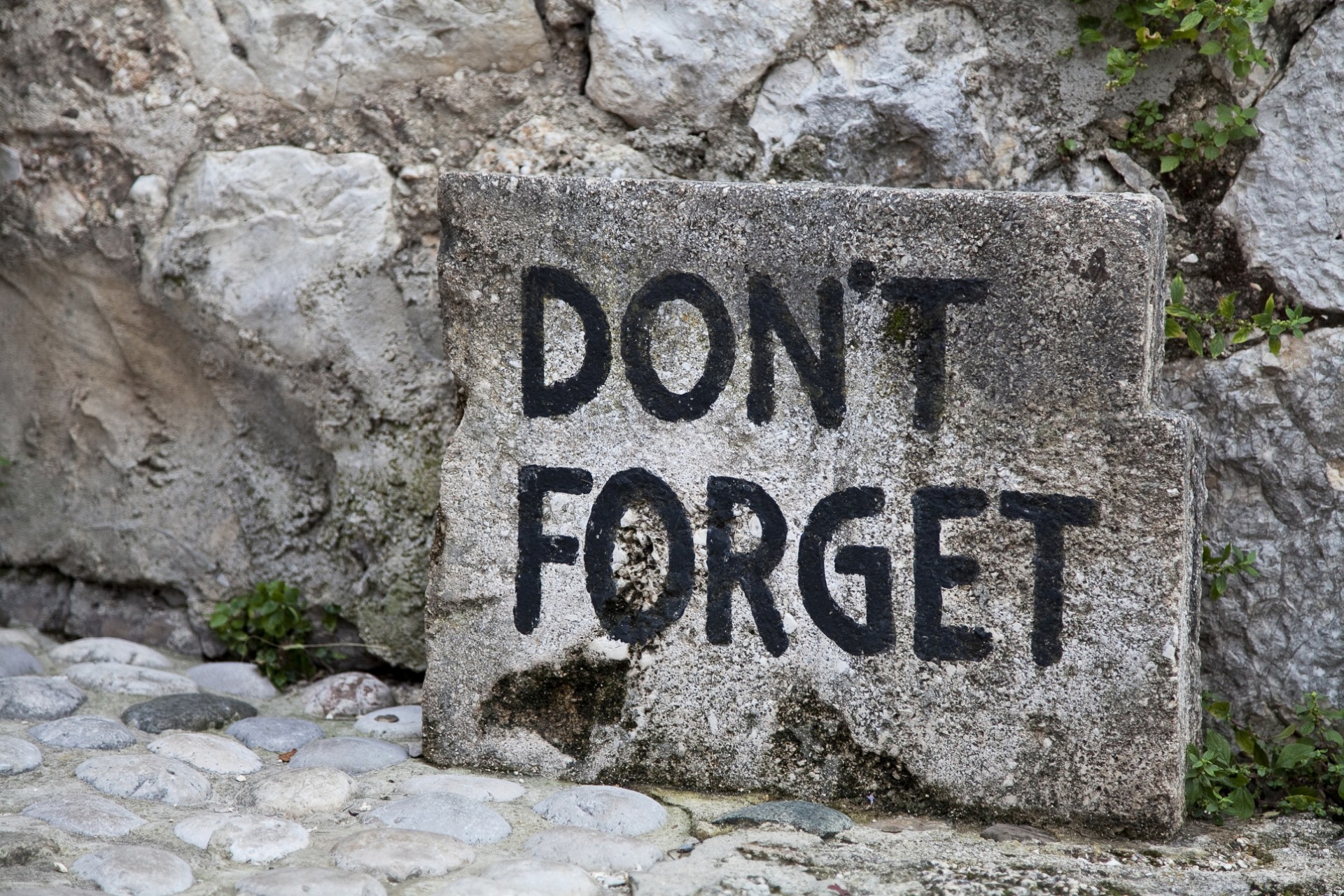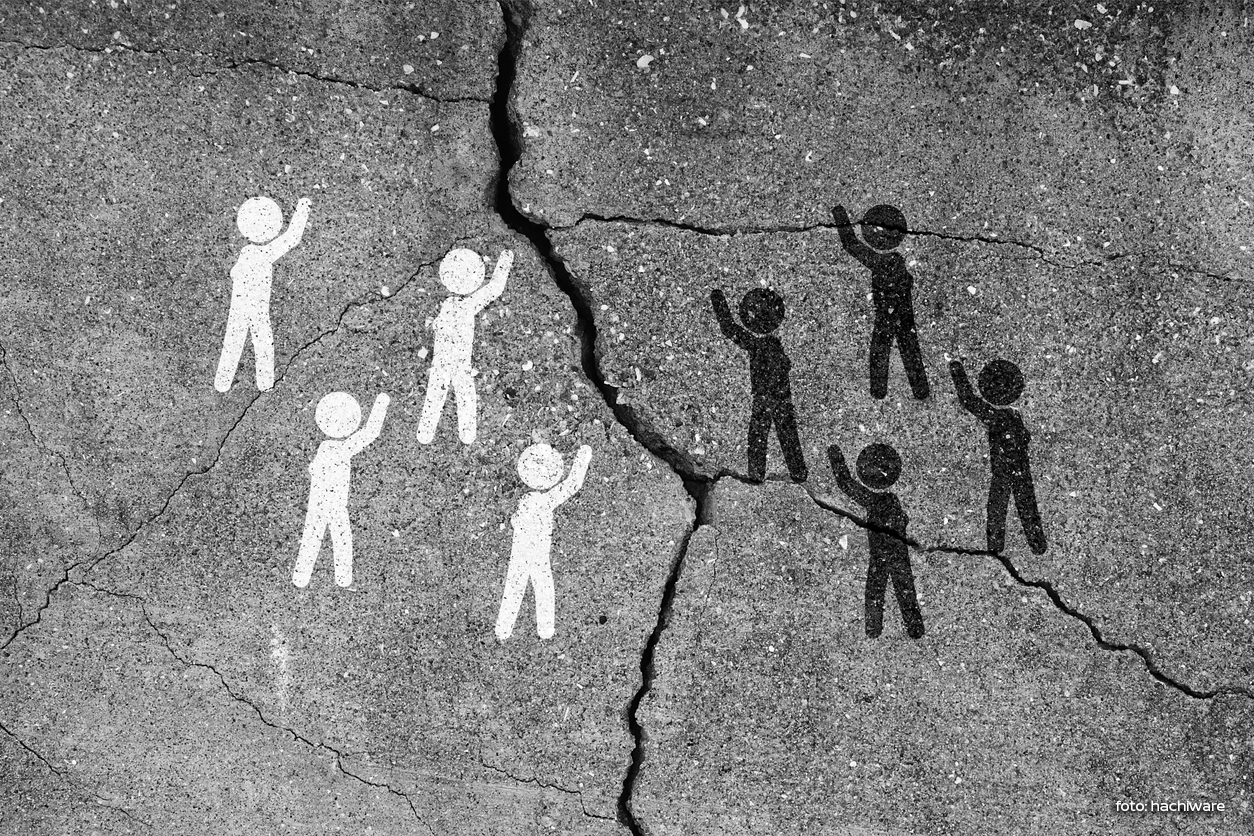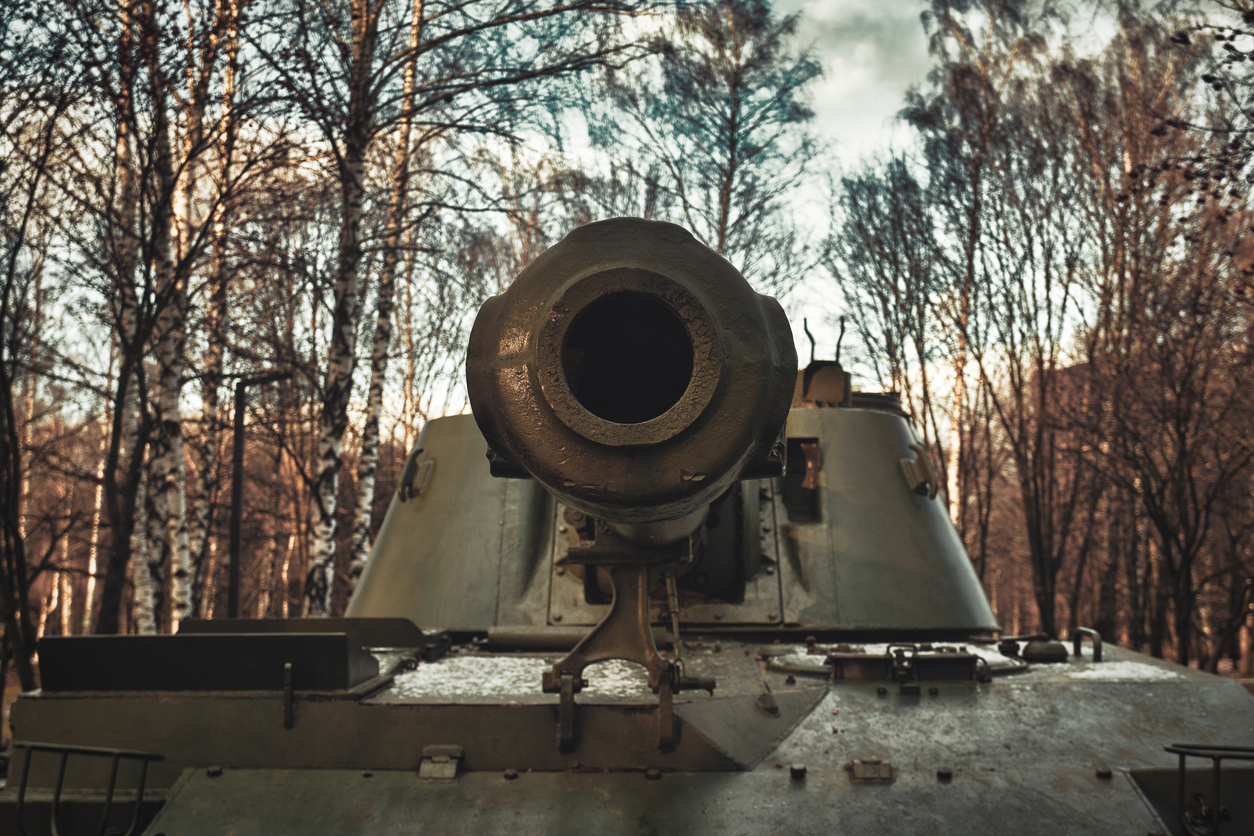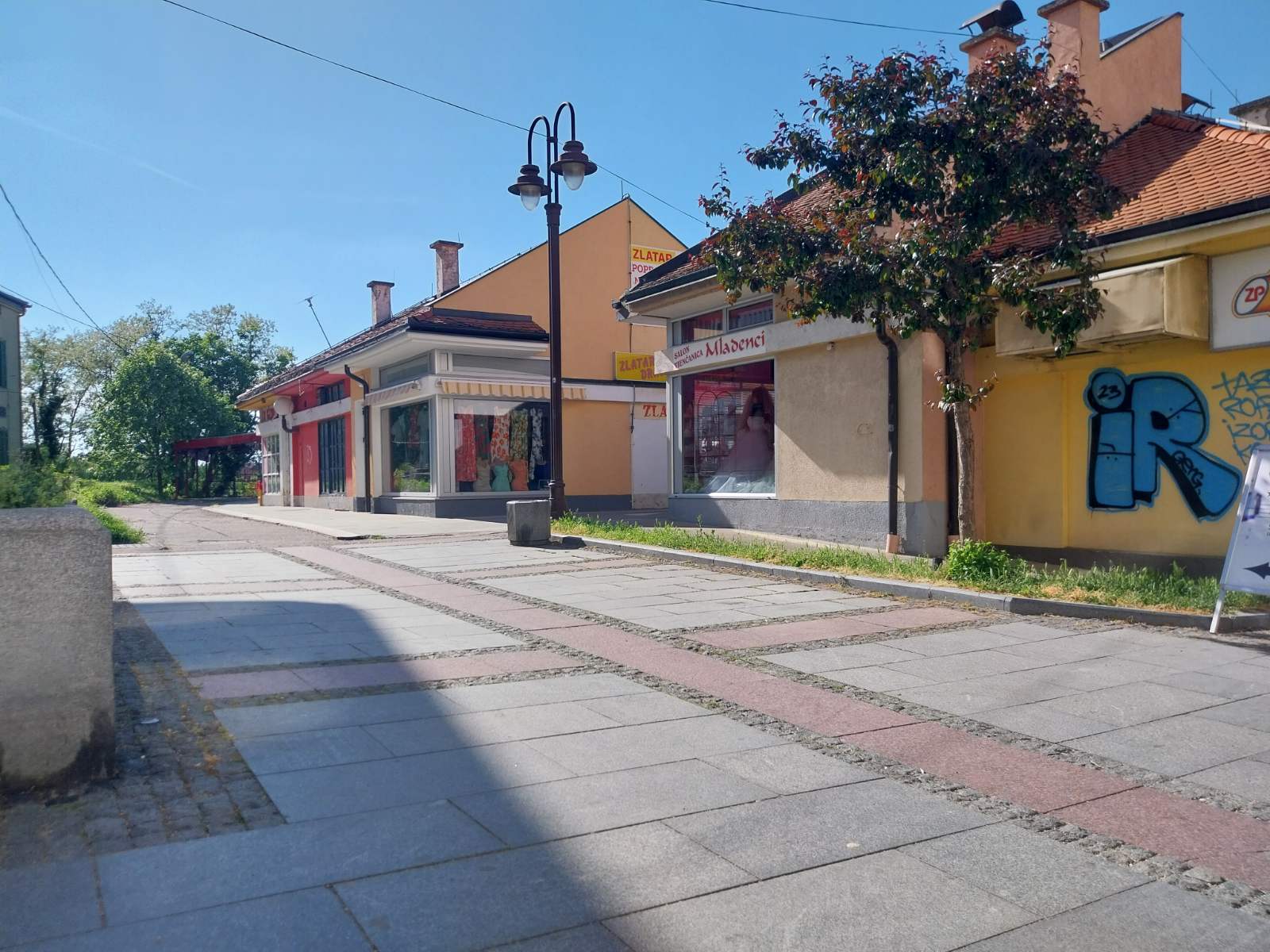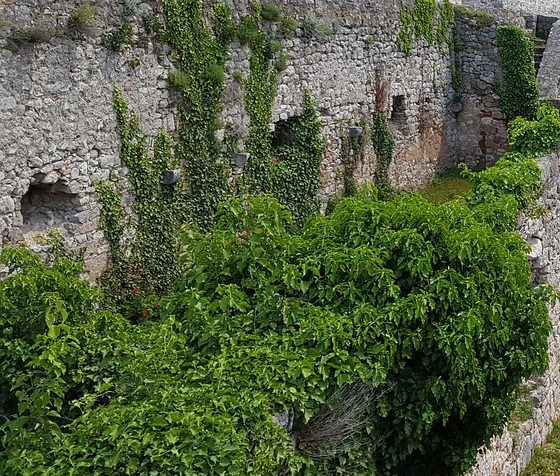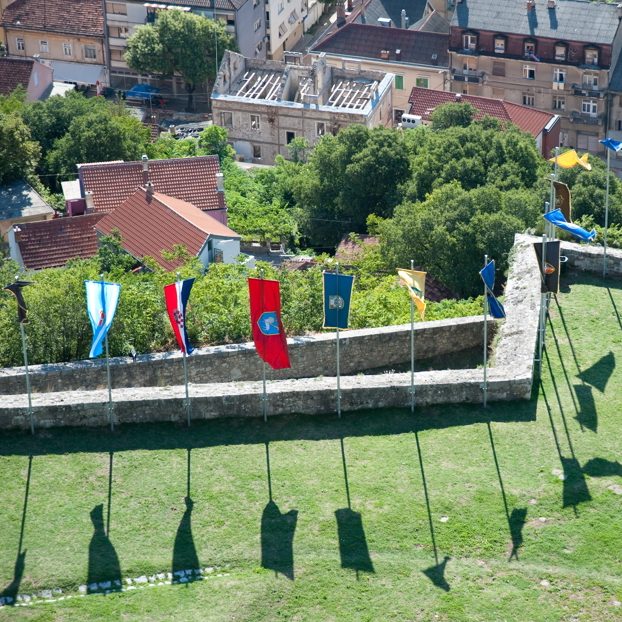By: Žarka Radoja
Formerly high officials of Republika Srpska Krajina Milan Martić and Milan Babić were convicted by the Hague Tribunal for the crime in Škabrnja. The fact that the attack was planned by the Yugoslav People’s Army (JNA) is confirmed by a man convicted of the most atrocious war crimes, Ratko Mladić. Mladić, at that time the Chief of Staff of the Knin Corps on 17 November entered into his diary: “Complete this in combat, mop up the sector of Nadin properly, Škabrnja, work for two days, if necessary,” adding the need to “wipe that out”. This crime formed a part of indictments of Slobodan Milošević as well as heads of Serbian State Security Service Jovica Stanišić and Frenki Simatović issued by the International Tribunal in the Hague. However, Milošević died before sentencing while evidence for both Stanišić and Simatović was deemed insufficient.
“See these houses, that is the village they attacked us from, everything is so close,” a friend points to the verdant countryside with his right hand while driving me to Škabrnja, a village just a 15-minute ride away from Zadar in Croatia.
It has been over 30 years since the Yugoslav People’s Army (JNA) and paramilitary formations from Serbia and the surroundings of Škabrnja raided that village killing over 40 civilians, including women and the elderly.
“Throughout the night before the attack tanks were rolling in Biljan, we heard the noise,“ says the bell ringer of the local church Zoran Ražov. Ražov, at the time a 24-year-old young man, stood guard that night just as he did before. Early in the morning tanks were already closing in on the village. The villagers took shelter in seven or eight cellars, since most houses did not have basements. Then the shelling started from all sides.
“I ran to the cellar where my folks were. One could not go out to relieve himself, the shells were so many. Cattle were frightened and agitated, cows mooing. In the cellar people started fainting, children crying,“ recalls Ražov while we sit in the part of the church where photos of the killed defenders are kept.
On that 18 November 1992 tanks and armoured vehicles entered the village with about two thousand inhabitants, part of whom returned to their “houses and livelihood” only a few days earlier, on 6 November, following the signing of the armistice. Members of Serbian forces banged on cellar doors, threatened the people and demanded from them to come out, said Neven Šegarić, eleven year old at the time of the attack, giving evidence before the International Tribunal in the Hague. According to his witness account all the people went out, except for his grandmother. And then one of the soldiers fired his gun inside.
Before he was taken to Benkovac, he went back to the cellar and found her body. As a child he testified to the killings of his fellow villagers, mostly elderly folk. Šegarić stated that the first to enter the cellar were soldiers bearing JNA insignia, and after them “volunteers“, that is members of paramilitary formations. As the soldiers entered the houses, people covered their children’s mouths lest they revealed their hiding place. They awaited nightfall to set off towards neighbouring villages on foot. Ražov carried his partly disabled grandmother to safety in a wheelbarrow.
“It rained the day before. Two airplanes circled above launching illuminating rockets and if they saw anyone, they threw bombs. We kept walking and stopping, not knowing where mine fields were, nor where we will turn up, and then our people were also on alert and they did not know whether we were civilians or who was coming,“ recalls Ražov. That night the distance which is today covered in ten or so minutes, took them hours to traverse.
The attack on Škabrnja was spearheaded by JNA units, specifically the 180th motorized brigade of the 9th corps and the 63rd parachute brigade from Niš. Also participating were territorial defence units comprising volunteers from Serbia and BH.
“These units were accountable to the JNA and included members of the special police detail of the Benkovac public security station, trained in Golubić,” explains Jovana Kolarić of the Humanitarian Law Center (HLC), a Belgrade based NGO seeking to document war crimes on post-Yugoslav territories for three decades now.
Role of paramilitary formations
The Hague Tribunal convicted former high officials of the Republic of Serbian Krajina – Milan Martić and Milan Babić for the crime in Škabrnja. The judgement of Martić, at that time the interior minister of the Serbian Autonomous Region of Krajina, states that paramilitary units from Serbia and BH participated in crimes and looting after the village had been taken. “By the year 1994 about 90 to 95% of Škabrnja was destroyed.”
Martić was sentenced to 35 years of imprisonment for war crimes and persecution of civilian population in Croatia.
The fact that the attack was planned by the Yugoslav People’s Army (JNA) is confirmed by a man convicted of the gravest war crimes Ratko Mladić, at that time the Chief of Staff of the Knin Corps, who on 17 November entered into his diary: “Complete this in combat, mop up the sector of Nadin properly, Škabrnja, work for two days, if necessary”, adding the need for a “wipeout”. Later on, on as a general of the Army of Republika Srpska Mladić was sentenced to life imprisonment for crimes against humanity and the genocide in Srebrenica. But he was not convicted for Škabrnja.
However, that particular crime formed part of indictments of the former president of Serbia and the FR of Yugoslavia Slobodan Milošević, and heads of Serbian State Security Service Jovica Stanišić and Frenki Simatović issued by the International Tribunal in the Hague. Milošević died before sentencing while Stanišić and Simatović were, among other crimes, convicted for a joint criminal enterprise and creation of paramilitary formations used in Croatia and BH. Dashing the hopes of many that they will stand trial for Škabrnja, evidence that the two of them contributed to the crimes of SAO Krajina units, police and territorial defence members was found insufficient.
“The case of Stanišić and Simatović is very important since because of it we know which units were deployed in that area and have testimonies of the involvement of volunteers from Serbia and BH in attacks on Croatian villages. It also enables us to keep track of the supply of arms and logistic support to units on the Krajina territory,“ notes Kolarić of the HLC.
He says that some of those who participated in these attacks were later on formally employed with the Special Operations Units within the State Security Department of the Serbian Ministry of the Interior. One of them was Goran Opačić, convicted in Croatia for the crime in Škabrnja.
Opačić is mentioned in JNA documents which formed a part of investigation into the massacre in Škabrnja. An official JNA note dated 8 March 1992, attributes these killings to members of Benkovac Territorial Defence , i.e. “volunteers from Serbia and Opačić’s group”. A list of those who joined the volunteers, acquired through other channels after “attempts to obtain the relevant data through official bodies failed to elicit their understanding“, was designated as a “military secret“. According to that list volunteers came from Lazica, Belgrade, Novi Sad and other places.
Attending a muster of the Special Operations Unit in Kula in 1997, Opačić received a commendation from the hands of Jovica Stanišić.
In his speech delivered on that occasion, Frenki Simatović confirmed that the Unit was present on the Croatian territory from 12 October 1991 and had taken part in fighting in the Benkovac zone, among others, thus “providing important support to the liberation of all regions of Republika Srpska Krajina“.
Judicial limbo
“Crimes in Škabrnja and Nadin rank among the gravest committed during the war,“ notes Vesna Teršelič of the Croatian Documenta Centre for Dealing with the Past.
Despite that, three decades after relevant processes still continue in Croatian courts and sentences for their crimes were served only by Zorana Banić and Jovan Badžoka. Others are beyond the reach of the Croatian judiciary. Some of them are in Serbia and BH and have not been called to account by the domestic tribunals.
The most important sentence was passed by the District Court in Zadar in 1995. Eighteen people were convicted in absentia for “almost complete, wanton destruction of housing, commercial and sacral buildings not justified by military necessity and for subsequent forcible removal of civilian population, mostly women, elderly people and children from cellars and other shelters and for the killing of at least 44 of them“, according to Documenta.
The crime in Škabrnja was subject to criminal proceedings before the District Court in Split brought against Benkovac TO members Zoran Tadić and Milan Gnjidić, both inaccessible to the Croatian judiciary. Otherwise, Gnjidić was acquitted in late November 2023 due to the lack of evidence while Tadić, fearing extradition as the former commander of a TO Benkovac Volunteer Platoon, left Australia and ran to Loznica.
In 2019 the Humanitarian Law Center requested from the War Crimes Prosecutor to interrogate him, and two years before lodged a criminal complaint against six identified and two unidentified JNA and TO members for the killing of 48 civilians in Škabrnja and Nadin.
“The Prosecutor’s Office responded to all our inquiries that the criminal complaints were acted upon without specifying how, but seven years after no indictment for these crimes has yet been issued,” remarks Kolarić. By the time this text was finalized the prosecution failed to respond to our inquiries as to the status of complaints or to answer whether an investigation was conducted into the crimes in Škabrnja and the surrounding villages.
The time of Marasca cherry
During summer months the villagers of Škabrnja are in their orchards – it is time to harvest the famous Marasca cherry. The village is quiet and only occasionally someone drops by the cafe across the church. A bit higher up, surrounded by houses of this settlement stands a monument to mark the place of a mass grave where over 20 people killed during several months after the village had been taken were buried.
The monument with the contour of a bird against a black marble bloc looks familiar – it is also found in Vukovar, a city on the south-east of Croatia captured on that same day, 18 November 1991, by the JNA forcers and Serbian paramilitary formations. Only two days after over 200 people will be killed in Ovčara. But in contrast to Vukovar recognized as a Hero Town by the state and commemorated by highest Croatian officials on yearly basis, Škabrnja is not given equal importance.
“Not everything has been done for the timely processing of war crimes. I fail to see why proceedings against Zoran Tadić are being conducted only now. Just like the inhabitants of Škabrnja and Nadin, I wonder why this indictment was issued as late as 2022,“ says Teršelič adding that his association has long been warning of insufficient capacities of the police and state prosecution to investigate all crimes.
An outsider would never guess that this village was completely burned and destroyed in the 1990s.
“Immediately after the Storm we came here to take a look, the whole of Škabrnja came . Everything was in ruins. My house was completely blown up, but we came back. The whole village assisted in the mass that year of 1995,“ remembers Zoran Ražov. He returned with his family in 1998.
Almost three decades after the crime Škabrnja which, according to the local prefect, on that 18 November and in subsequent months lost about five percent of its total population, today registers more births than deaths. That is a rarity in Croatia where migration of the domestic population, mostly towards West European countries, presents quite a large problem.
“Present day Škabrnja has the population of about 1.700. Razed to the ground in the Homeland War it was completely rebuilt in a period of some twenty years. Ever more of our youngsters come back or stay here following graduation,” says Škara.
He explains that younger generations, himself included, must never forget what happened there. “We must go on living, and keep building as good as possible a place for ourselves and the coming generations,“ adds Škara.
“Vladimir Nazor“ school which according to Neven Šegarić, bore a graffito „Welcome to a dead village“ when he came back to it as a teenager, today enrols 170 pupils while the kinder garden registers over 50 children. “I am particularly glad that we have more births than deaths. We have two classes of pupils in the school. That means a lot to me,“ says Zoran Ražov.
He is one of but a few who are willing to speak of the horrors they lived through: “It is hard when I remember, even today. I am tormented, images reappear, I cannot sleep.“
While we drive towards Zadar, it is impossible to look at the surrounding roads and orchards and not to wonder whether that is precisely where the tanks rolled on, and where columns of civilians hid at night. Zoran’s words offer some help: “If I had four houses built for me in Zadar, I would not go there to live. This is where our riches are, beauty and peace – my heaven on earth.“
(photo: Žarka Radoja)
The text is the result of research and practical work conducted under fellowships and forms a part of the Memory Activism programme implemented by the Humanitarian Law Center.
It was initially published in the weekly Vreme (no. 1756 of 29 August 2024).
